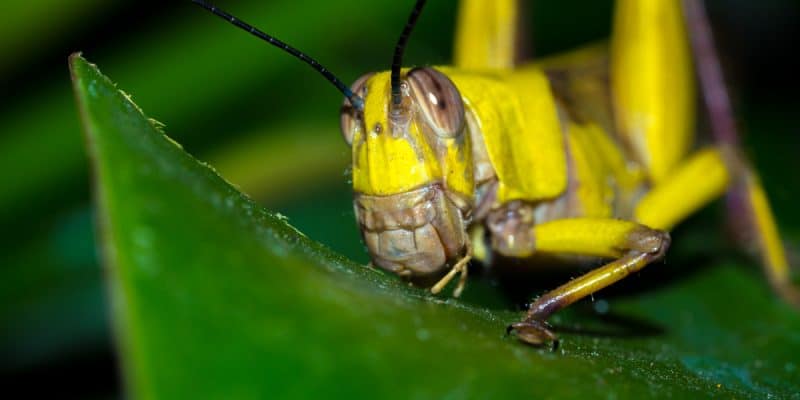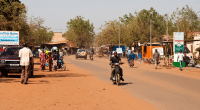Thousands of swarms of insects in Isiolo, north-eastern Kenya, are damaging crops and jeopardising food security. This is the most disastrous locust invasion in Kenya in 60 years. The situation is expected to continue for several more months, as the locusts spread to other East African countries.
The Kenyan authorities have not yet made a provisional assessment of the insect invasion that occurred at the end of December 2019 in the Isiolo region in the north-eastern part of the country. According to the United Nations Food and Agriculture Organization (FAO), the situation in the Horn of Africa is the “worst” in 25 years. Prior to Kenya, the locust invasion has already destroyed about 70,000 hectares of farmland in Ethiopia and Somalia. It could last for another two months in Kenya, and could spread to southern Sudan and Uganda.
According to the UN, a cloud of one square kilometre can devour the food of 35,000 people in one day. The resulting lack of pasture for pastoralists is all the more worrying because if pastoralists have to cover greater distances to fetch food for their herds, the risk of tribal clashes will increase.
Two insecticide-spraying aircraft
The last insect invasion of this magnitude in Kenya was in 1957. Farmers use rudimentary methods to protect their crops. They light fires or make noise with plastic bottles to scare the insects away. The government has sent two planes to spray locusts with pesticides. “We are very confident we will win the battle,” said Peter Munya, Secretary to the Office of the Minister of Agriculture. “We’ve increased the number of planes and got some very effective chemicals. So we want to reassure Kenyans that the government is fully in control”.
Insect invasions in the Horn of Africa are closely linked to the long dry seasons that characterise it. High temperatures spread over a sufficiently long period of time will allow the complete insect cycle to unfold.
This is because insects are “cold-blooded” animals that do not produce heat. They are therefore called “ectotherms” unlike “endothermic” mammals. The length of the dry season will then govern the different stages of larval development and the number of annual generations of insects.
Boris Ngounou







